Family Homelessness INNformation Series: Social Inclusion
Interview with Randy Maloski
Randy Malkoski (RM) is the Project Lead of our Journey House program. A housing program for families who are in need of intensive supports to help them integrate back into the mainstream community and maintain independence. The Journey House model is focused as much on healing as it is on housing and facilitates a higher degree of self-resiliency, skill development, and independence. We interviewed Randy to discuss how social inclusion plays a part in the work he does with families living in Journey House.
Q: What is Social Inclusion?
RM: I see social inclusion as the state of being and feeling that you are connected to your community. That you are accepted as an equal and able to actively participate – socially, politically and economically.
Q: Why is social inclusion an important part of Journey House?
RM: A family’s sense of social inclusion is a huge factor and determinant in their general wellbeing and also their physical, mental and emotional health.
People are social creatures; regardless of how strong or independent we may be, we will always derive part of our sense of self through connection with others. Feeling that we belong and that we matter are critical to our mental and emotional health.
As well, social inclusion is a strong factor in our economic success. The ability to connect with other people, to find and maintain employment and to find housing effectively come from the community.
Thus, as a part of our shelter, sanctuary and healing process at the Inn, we focus on fostering social inclusion as a large part of a family’s healing.
Q: Why is social inclusion important to making the transition from homelessness to independence?
RM: Families move from shelter to housing is generally when healing can truly begin. Healing (whether physical, emotional, mental or psychological) is a process that requires both stability and time.
Like many of our partner agencies, we see housing as far more than four walls and a roof. There are myriad essential elements needed for a family to be “home”. These elements are a huge part of what a family requires to thrive and maintain housing. Social inclusion is one of these elements.
At Journey House 1 & 2, we endeavor to create a “base” community for families. In addition to housing, staff support, and resources provided by Inn from the Cold. Our case management supports are client-led and place families in the driver’s seat of their own journey. This is mirrored in building programming, activities and common spaces – families are encouraged to take and maintain ownership of these. Therefore, we see strong, client-led internal communities that develop in our buildings, which leads to families branching out in the greater Calgary community.
Q: What is one way we can all be more socially inclusive?
Being aware that all people in our community are not fully socially included is the key element for change. Many of us are unaware of how many people are actually disenfranchised within the communities we participate in. This is not because our society is “bad” or that we are “bad” people – it is how our society has developed but because of that many people are left behind.
There are many ways each of us can create change. When we become aware that there is a need, then we will be able to see the opportunities and places where we can help. Volunteering and donating to the causes you care about will always be very important, but we may have unique opportunities that are just as important. An example might be ensuring that recreational activities are inclusive and accessible. As well as, simply getting to know all of our neighbors, participate in our local community associations, by running programs that are accessible to everyone.
Resources on Social Inclusion:
http://homelesshub.ca/resource/homelessness-and-social-inclusion
http://www.worldbank.org/en/topic/social-inclusion
https://olc.worldbank.org/content/social-inclusion-webinars
https://sencanada.ca/content/sen/Committee/411/soci/rep/rep26jun13ExecSummary-e.pdf
https://www.tandfonline.com/doi/abs/10.1080/14649360802441432
http://www.horizons.gc.ca/en/content/review-social-inclusion-policy-challenges-and-opportunities
https://onlinelibrary.wiley.com/doi/full/10.1111/j.1440-1630.2011.00977.x
[1] http://www.un.org/esa/socdev/rwss/2016/chapter1.pdf
[2] http://homelesshub.ca/resource/housing-first-and-social-integration-realistic-aim
[3] http://socialprotection-humanrights.org/expertcom/dignity-social-inclusion-civil-societys-role-social-protection-homeless/
Catch up on our Family Homelessness INNformation Series HERE.
You can watch episodes from part 1 HERE, or read our blog summary HERE.
You can watch episodes from part 2 HERE, read our blog summary HERE, and read an interview with our data analyst Anthony Eagle HERE.
You can watch episodes from part 3 HERE, read our blog summary HERE and a blog post from our Youth Programming Manager, Colin Doucette HERE
Watch episodes from part 4 HERE, read our blog summary HERE and a blog post from our Assessment and Triage Team Lead Brett Linderman HERE.












